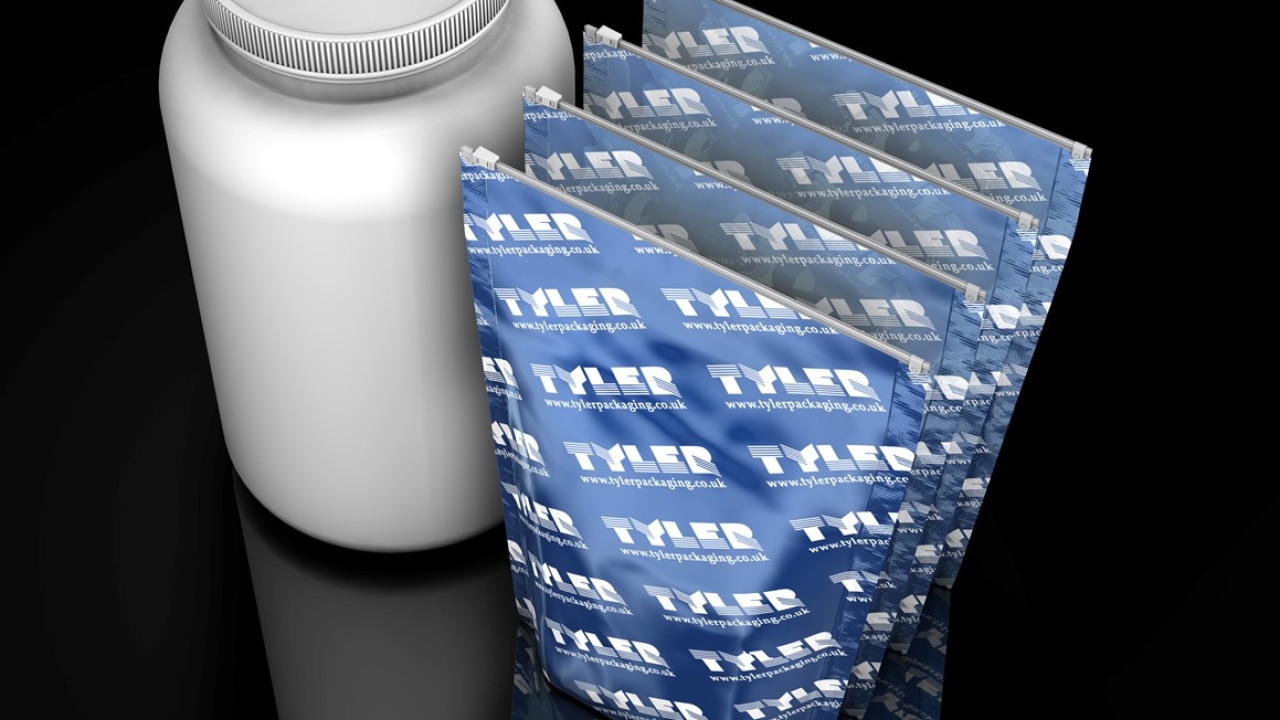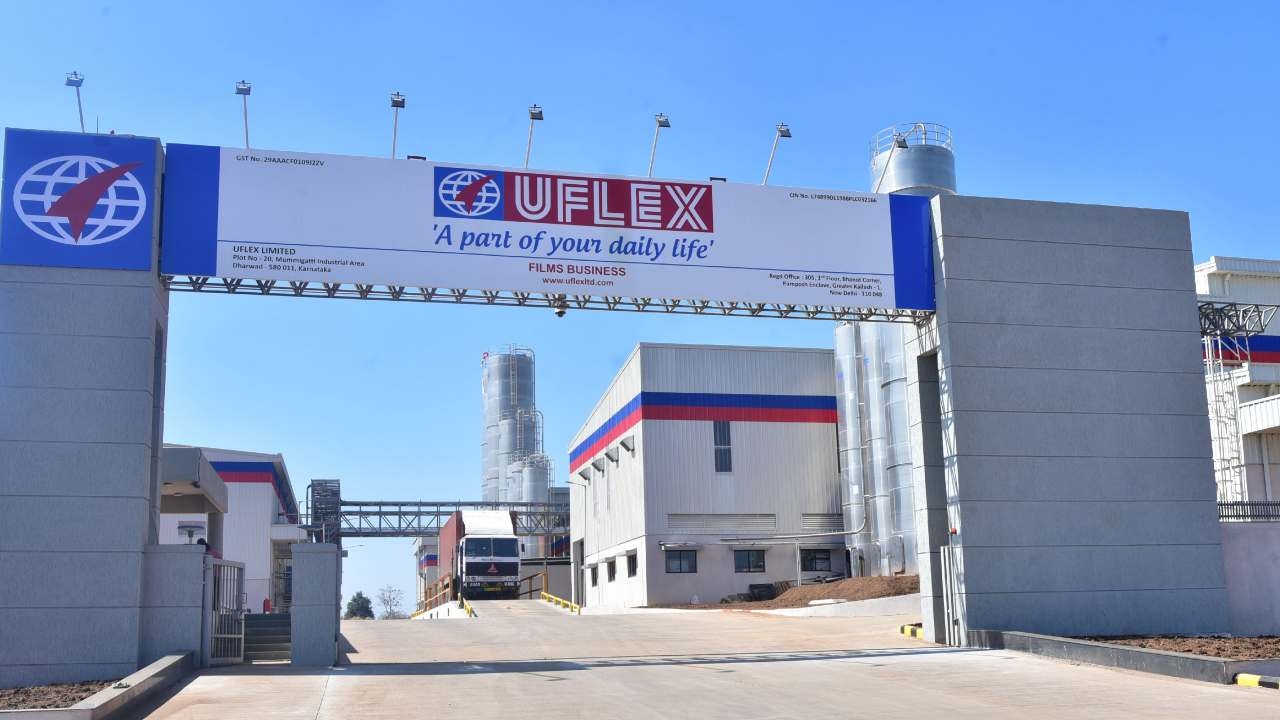The conversion from rigid to flexible packaging

Howard Woolley, managing director of Tyler Packaging, looks at the trend to move from rigid to flexible packaging
With the packaging industry changing so rapidly, fast moving consumer goods (FMCG) companies need to keep up to date with the latest in packaging innovations in order to stay ahead of the competition, whilst being seen to be actively working on their corporate social responsibility.
In recent years, there has been a trend in packaging to convert from a rigid to a flexible format, with the result that films and foils have been introduced to the market on an unprecedented scale.
The flexible packaging industry has been relatively immune from global economic downturns, with the market valued at £45.38 billion in 2011, and growing by an estimated five percent each year.
So why have supermarket shelves changed so dramatically in the last years?
Durability
An obvious advantage gained by converting from rigid to flexible packaging is resistance to impact damage. The probability of rigid packaging suffering either damage or defacing of the artwork if dropped or impacted compared with flexible packaging is greater by some degree.
The advantages to the retailer are obvious – less product returns, less time spent by staff cleaning up broken packages, fewer customer complaints and claims caused by damaged packaging.
The majority of flexible pouches and smaller bags use laminated plastics which enhance the strength/barrier characteristics of the film. Because of these and other advantages, the packers are increasingly switching to flexible packaging away from rigid containers.
Increase in design options
When choosing which flexible packaging to convert to, it’s worth knowing all of the options available. Options begin with laminated bags and sacks, laminated pre-made pouches and bags, laminated BOPP/PP sacks, plastic FFS films and paper sacks. The type of packaging you choose depends on your product, its weight and the retailer.
There is now a large variety of resealable closures available for flexible packaging. Closure styles include Velcro systems, resealable zippers, top sliders, hooded sliders, face zippers, sliders and spouts. Specific closures will be product dependent, for example liquids would normally require a spout pouch to reduce spills and leaks. The introduction of laser scoring of laminated packaging enables the user to open the packaging with ease.
It is possible to print the entire surface area of the packaging, which is not the case with pre-formed tubs or containers. Modern printing technology also provides the option of combining different finishes, such as matte or gloss, onto the same printed area. Combining these two different finishes produces a sophisticated appearance.
The ability to print the entire surface area of the packaging provides the customer with more space to promote their product and enables the product information shown on the packaging to be visible at all times.
Green appeal
Sustainability has become just as important as the product itself for many companies. It is a powerful argument for the environment that FMCG companies convert to flexible packaging, particularly as it can use up to 85 percent less energy to make flexible packaging in comparison to producing some types of rigid packaging. The majority of flexible packaging is also entirely recyclable.
Developments within our industry towards the use of renewables, biodegradable materials and recyclable films are continuing apace.
Flexible packaging takes up less space during transportation in terms of size and shape, as well as weighing a lot less. The advantage for the user is that the ratio of packaging to product or fresh air that is being transported changes radically in favor of the amount of saleable product arriving at the store rather than packaging. Increasing the amount of product shipped for any given truck load means a proportional reduction in carbon dioxide emissions, thereby reducing the customer’s carbon footprint.
Efficiently reducing waste and cost
Flexible packaging, by its very nature, enables the consumer to use the entire contents of the pack, which is often not the case with rigid or semi-rigid packaging containing product such as sauces or creams.
Flexible pouches or bags can be compressed when being stored on shelf. Dependent on the design, we have been able to demonstrate that as many as five times as many pouches can be stored in the same shelf space as tubs.
FMCGs are typically products that are sold quickly at a relatively low cost to both the manufacturer and the consumer. With flexible packaging using up to 85 percent less energy, 95 percent less packaging and reducing transportation costs, the overall cost to package a product is considerably less in the long run, particularly when you consider you can sell much more of the product with the same shelf space as before.
The future
Modern flexible packaging is proving its usefulness and value for businesses, consumers and the environment throughout its entire lifecycle. With the latest innovations, flexible packaging reduces waste, has more of an impact on the shelf thereby enhancing the consumers’ buying experience, as well as improving the manufacturing process and efficiency. Taking into consideration financial, social and environmental aspects at each stage of the packaging life cycle, flexible packaging in all formats is a product which will be with us for many years to come.
Founded in 1982, Tyler Packaging is a specialist supplier of flexible packaging for industrial, point of sale and agricultural applications. Over the last three decades, the company has developed a supply and distribution network throughout the world and now offers a comprehensive range of films, pre-made bags, pouches and sacks.
Read more features from Packprint World here
Stay up to date
Subscribe to the free Label News newsletter and receive the latest content every week. We'll never share your email address.

